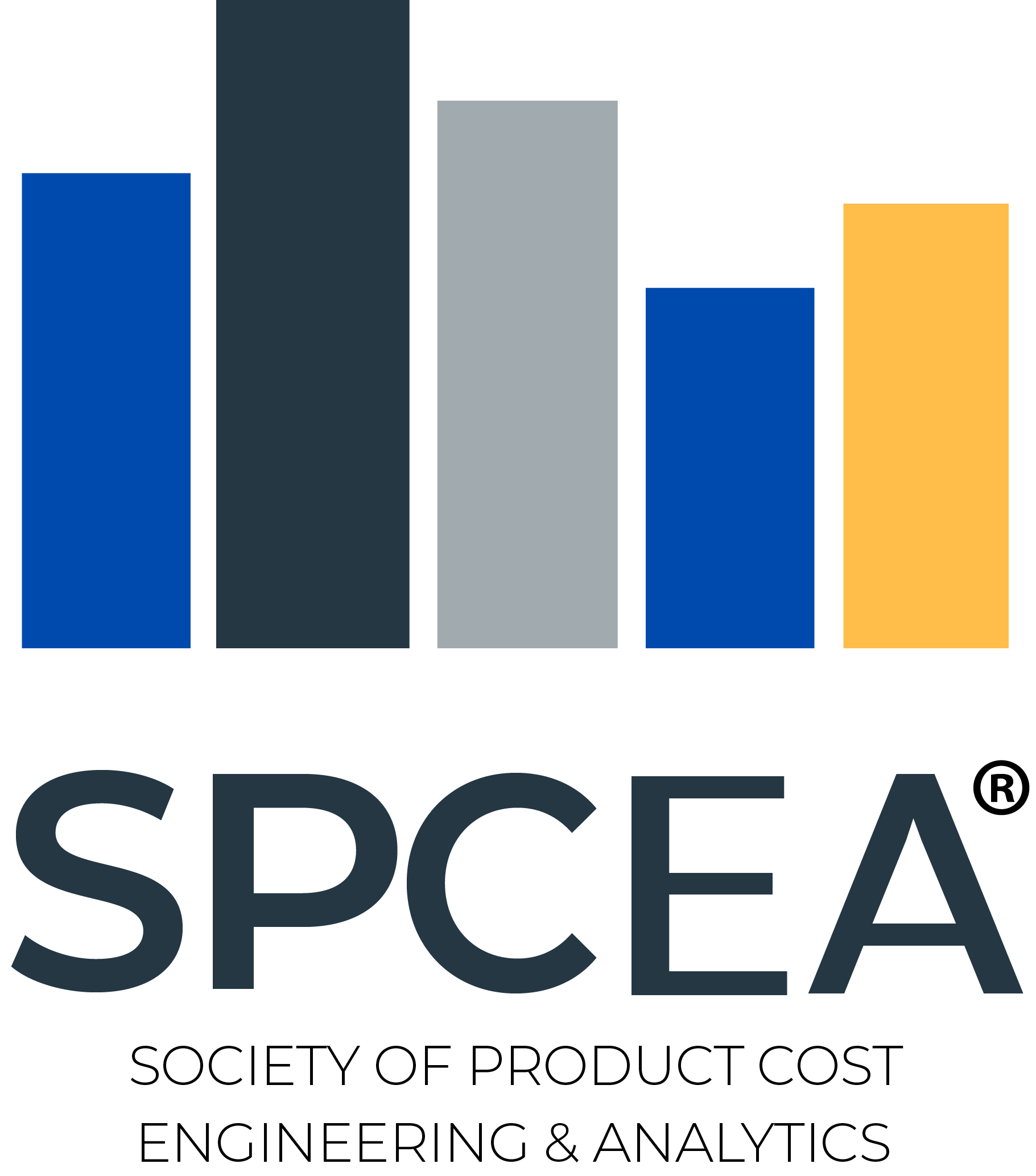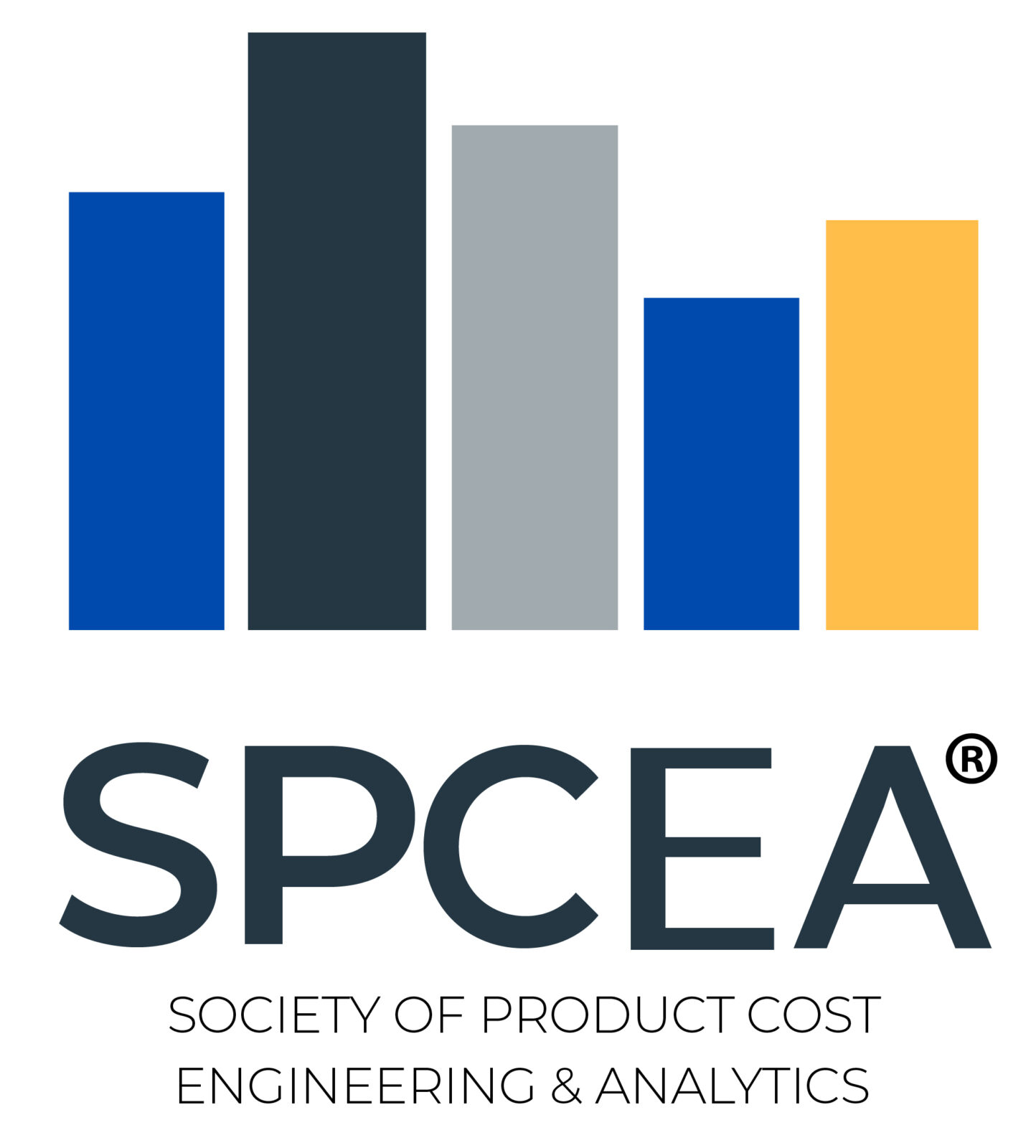
Mastering the Fundamentals of CVSE: Building Blocks for Operational Excellence
In our previous exploration of Cost and Value Stream Engineering (CVSE), we highlighted its transformative potential as a strategic enabler for CEOs and COOs. Today, we delve into the fundamentals of CVSE—its essential principles and building blocks—and how they empower organizations to align cost efficiency with innovation.
At its core, CVSE is built on three foundational pillars:
- Consistent System and Methodology
- Efficient, Standardized Processes and Interfaces
- Systematic Knowledge Creation and Knowledge Management
Understanding and integrating these pillars into your organization is critical for realizing the full potential of CVSE. Let’s examine each one in detail.

A Consistent System and Methodology: The Backbone of CVSE
A consistent system provides the structural foundation for CVSE. It ensures that every analysis, decision, and implementation follows a standardized, data-driven methodology. This pillar guarantees consistency across departments and projects, reducing ambiguity and enabling seamless cross-functional collaboration.
One emerging focus area within this framework is Carbon Footprint Calculation—a key metric in modern cost and value stream analyses. CVSE integrates carbon footprint metrics into cost calculations, offering organizations a dual benefit: financial optimization and environmental sustainability. This alignment with global ESG standards not only enhances brand reputation but also supports compliance with increasingly stringent regulations.
Efficient, Standardized Processes and Interfaces: Driving Agility and Savings
Standardization is critical to CVSE’s success. Efficient processes and interfaces enable rapid decision-making and alignment across functions such as Purchasing, R&D, and Manufacturing. A well-defined process ensures clarity, accountability, and measurable outcomes at every step.
An exciting development in this area is the integration of user-centric and user-empowering tracking systems for all cost-saving initiatives. These tools complement CVSE by offering real-time insights into cost-saving opportunities, enhancing transparency, and driving actionable results. Paired with CVSE’s standardized processes, they create a streamlined approach to identifying, quantifying, and capturing savings opportunities.
The statistical analysis of prices, e.g. through Non-Linear Performance Pricing (NLPP), another key aspect of CVSE, enables organizations to efficiently address non-strategic cost elements. By systematically identifying and eliminating cost redundancies, this approach supports smoother workflows and quicker negotiations.
This topic, along with the former mentioned user-centric and user-empowering tracking system for all cost-saving initiatives, will be explored in detail in future articles.
Systematic Knowledge Creation and Management: Turning Insights into Assets
Knowledge management is the lifeblood of CVSE. By systematically capturing, sharing, and institutionalizing learning, organizations ensure continuous improvement and innovation. CVSE’s knowledge-centric approach creates a dynamic environment where insights are transformed into actionable intelligence, driving value at every stage of the product life cycle.
A key feature of CVSE is its continuous qualification process, which ensures that the workforce remains equipped with the skills and knowledge required to meet evolving demands. This process doesn’t operate in isolation—it is fueled by inputs from a wide range of sources:
- Project Outcomes: Lessons learned from previous and ongoing projects help refine
methodologies and address gaps in expertise. - Supplier Interactions: Insights gathered during supplier visits, workshops, and negotiations reveal opportunities for cost and process optimization.
- Emerging Market Trends: Evolving technologies, industry standards, and market demands guide
the development of future competencies. - Internal Collaboration: Cross-functional teams from R&D, Manufacturing, and Purchasing contribute diverse perspectives, highlighting new skill requirements for effective collaboration.
The Qualification Matrix is central to this approach, emphasizing that CVSE is, at its core, a “people’s business.” This matrix aligns individual and team capabilities with organizational goals, ensuring that every team member contributes effectively to the CVSE process. It supports the identification of skill gaps and enables targeted training initiatives, fostering a culture of continuous learning and operational excellence.
By drawing on these diverse sources, the qualification process doesn’t just support individual growth but also reinforces CVSE’s cross-functional approach. Teams from different departments come together with a shared understanding of cost and value optimization, breaking down silos and ensuring cohesive efforts across the organization.
This integrated approach enhances agility and innovation, empowering the organization to adapt to challenges, seize opportunities, and maintain a competitive edge in a rapidly evolving market.
The Path Ahead: Deepening the CVSE Framework
While this article provides an overview of CVSE’s fundamentals, certain topics deserve a closer look:
- Qualification Matrix: Developing a skilled workforce to maximize the impact of CVSE methodologies.
- Tracking System Integration: Transparency on all cost-saving initiatives company-wide, based upon a user-centric approach.
- NLPP (Non-Linear Pricing Program): Streamlining non-strategic cost elements to unlock efficiency gains.
- Upfront-Agreement: Framework to enable team-alike focus on collaboration with suppliers.
- Collaboration Model: Breaking down silo-thinking through standardized and empowering collaboration.
Each of these topics will be addressed in future articles, offering a detailed exploration of their strategic value.
Conclusion: A Roadmap to Excellence
The fundamentals of CVSE represent a powerful roadmap for organizations aiming to thrive in an era of cost pressures and heightened competition. By embracing its consistent system, standardized processes, and knowledge-centric approach, companies can achieve a sustainable balance between cost efficiency and value creation.
For CEOs and COOs, the question is no longer whether to adopt CVSE, but how to embed its principles into your organization’s DNA. Begin with these fundamentals, and watch your operations transform into a model of efficiency, resilience, and innovation.

Thomas Humbach is an accomplished executive based currently in Spain, specializing in Cost and Value Stream Engineering (CVSE). He has over 25 years of international leadership experience in cost engineering, supplier development, and purchasing across a variety of industries. Currently, he drives global cost-saving initiatives and strategic factory improvements for a multinational home appliance manufacturer based in Europe.
Copyright © 2025 – Society of Product Cost Engineering & Analytics. All rights reserved.

